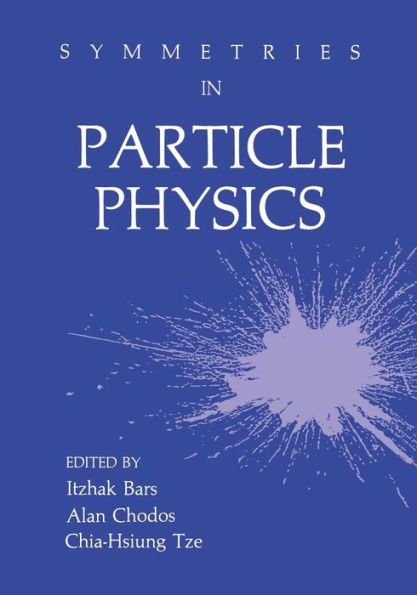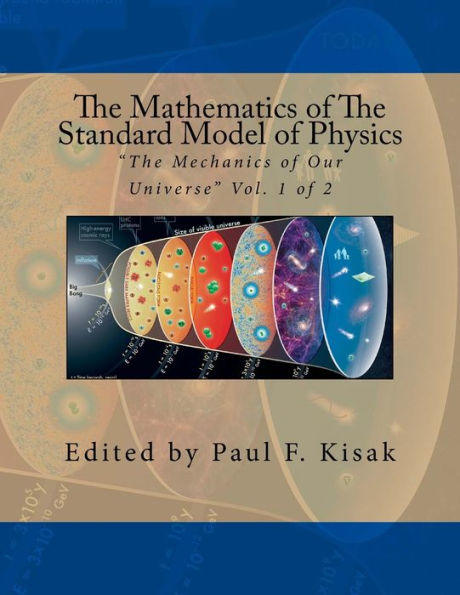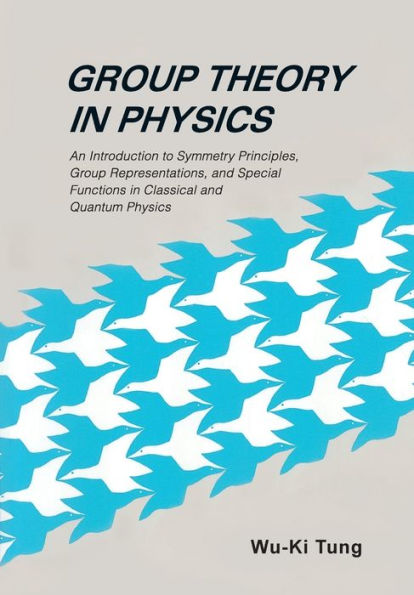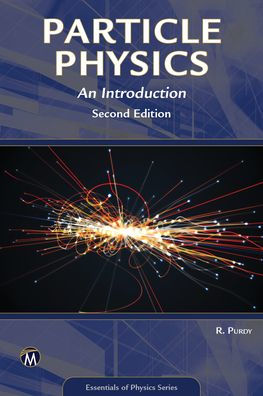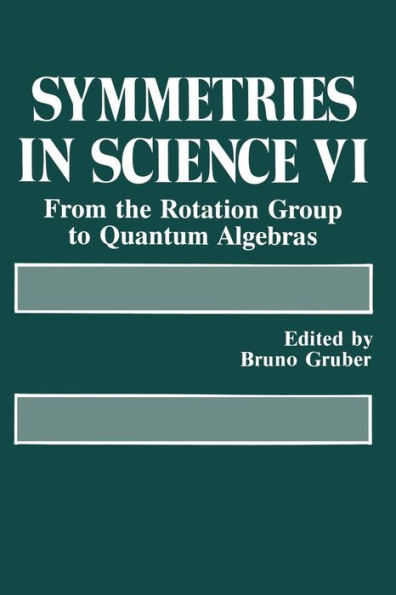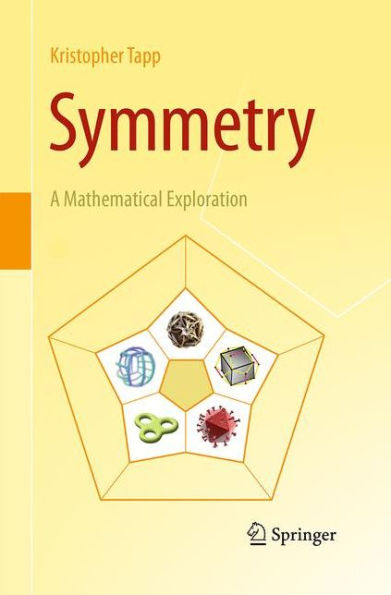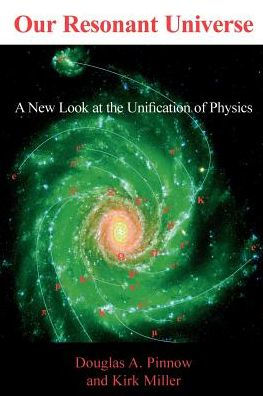Home
Particle Physics & Representation Theory: " Mathematical Symmetries of The Universe "


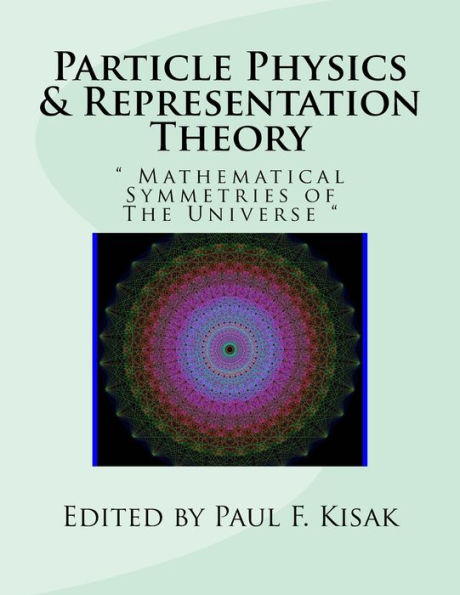
Particle Physics & Representation Theory: " Mathematical Symmetries of The Universe "
Current price: $17.95
Loading Inventory...
Size: OS
There is a natural connection between particle physics and representation theory, as first noted in the 1930s by Eugene Wigner. It links the properties of elementary particles to the structure of Lie groups and Lie algebras. According to this connection, the different quantum states of an elementary particle give rise to an irreducible representation of the Poincaré group. Moreover, the properties of the various particles, including their spectra, can be related to representations of Lie algebras, corresponding to "approximate symmetries" of the universe.In quantum mechanics, any particular particle (with a given momentum distribution, location distribution, spin state, etc.) is written as a vector (or "ket") in a Hilbert space H. To help understand what types of particles can exist, it is important to classify the possibilities for H, and their properties. The particle is more precisely characterized by the associated projective Hilbert space PH, since two vectors that differ by a scalar factor (or in physics terminology, two "kets" that differ by a "phase factor") correspond to the same physical quantum state.Let G be the symmetry group of the universe - that is, the set of symmetries under which the laws of physics are invariant. (For example, one element of G is the simultaneous translation of all particles and fields forward in time by five seconds.) Starting with a particular particle in the state ket , and a symmetry transformation g in G, it is possible to apply the symmetry transformation to the particle to get a new state ket. For this picture to be consistent, it is necessary that PH holds a projective group representation of G. (For example, this condition guarantees that applying a symmetry transformation, then applying its inverse transformation, will restore the original quantum state.)Therefore, any given particle is associated with a unique (possibly trivial) representation of G on a projective vector space PH. (We say the particle "lies in", or "transforms as" the representation.) In many important cases, it can be shown that the particle is also (more specifically) associated with a group representation of G on the underlying (non-projective) space H.[2] Wigner's Theorem proves that it is a unitary representation, or possibly anti-unitary. So we conclude that each type of particle corresponds to a representation of G, and if we can classify the group representations of G, we will have much more information about the possibilities and properties of H, and hence what types of particles can exist.This book gives a fairly concise overview of the various mathematical group theories and their use in representing particle characteristics and is designed to be a general overview of the topic and provide you with the structured knowledge to familiarize yourself with the topic at the most affordable price possible. The level of discussion is that of Wikipedia. The accuracy and knowledge is of an international viewpoint as the edited articles represent the inputs of many knowledgeable individuals and some of the most currently available general knowledge on the topic based on the date of publication.
